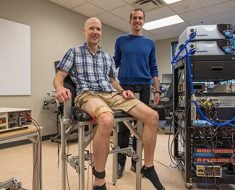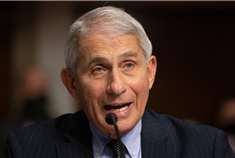A community’s ability to cope with mass casualty incidents (MCIs) is very dependent on the capacity and capability of its hospitals for handling a sudden surge of patients requiring resource-intensive and specialized needs.
In a recent paper published by the Disaster Medicine and Public Health Preparedness journal, authors Mersedeh TariVerdi, Elise Miller-Hooks from George Mason University, and Thomas Kirsch, from National Center for Disaster Medicine and Public Health, presented a whole-hospital simulation model to replicate medical staff, resources and space to investigate hospital responsiveness to MCIs. Using simulation software designed experiments were conducted to measure functionality and impact and transient system behavior. Diversion of patients to alternative facilities and modified triage were also investigated. Several important conclusions were made from these analyses;
1) response capability can depend on patient arrival pattern and injury types. Regional response planning can help a hospital with this. 2) Trauma level I hospitals could provide more space in the Emergency Department and Operating Rooms by increasing the number of beds in an internal general ward, whereas a trauma level III hospital could provide a better response by increasing the capacity of the emergency department.
The suggested strategies for expanding capacities were found to have a superlative effect overall especially when combined.
According to Dr. Kirsch “recent mass-casualty incidents, like the mass shooting in Las Vegas with over 500 casualties, has demonstrated the importance of improving hospital preparedness for these events. Perhaps more important is to use these models to help prepare an entire municipal healthcare system because few individual hospitals can care for more than a couple dozen acutely injured people.”
Source: Read Full Article





